In March 2019 Bioavlee - a biomedical startup working on a bacteria recognition technology - came to us with an important problem. Their existing image recognition solution has stopped delivering results. Their image database has recently grown to tens of thousands of images and the software they have been happily using so far - was not coping with the multitude and variety of images.
The Machine Learning solution that Bioavlee was using previously - worked perfectly fine on a limited dataset. With only several species and a handful of images - their solution based on statistical methods would deliver up to 90% correct results. Once the dataset grew, however, their results blew up. The number of successfuly classified specimens declined to 60%.
Since Bioavlee's goal was to undergo an external validation process of their method, which required meeting a 98% successful recognition threshold - they were in panic mode.
In 4 weeks of intensive exploratory data analysis and discovery workshops - we delivered a working prototype of a deep neural network that, trained on a dataset of 50 000 images, delivered correct results in 82% of the cases.
The findings of the EDA phase unveiled that in order to meet the expected 98% level of properly recognized bacteria specimens - the lab would have to collect much more samples and images. In the meantime our team was working jointly with the Client's experts in order to validate new approaches to learning and architectures of neural networks that would deliver the best results.
After a 6-month period of data acquisition and model validation - CodeWave delivered a neural network model, that achieved and exceeded the Client's expectations. The device is currently undergoing the external validation process.

In 4 weeks of intensive exploratory data analysis and discovery workshops - we delivered a working prototype of a deep neural network that, trained on a dataset of 50 000 images, delivered correct results in 82% of the cases.
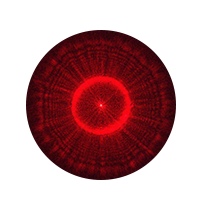
Candida albicans
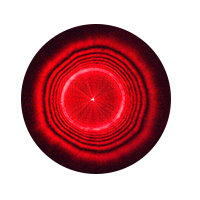
Staphylococcus aureus
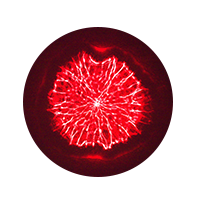
Escherichia coli
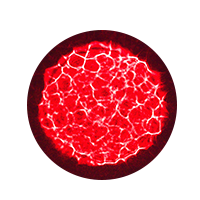
Pseudomonas aeruginosa

Seratia marcescens
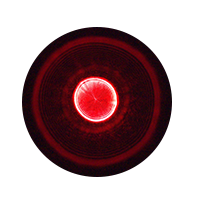
Enterococcus faecalis
In order to deliver the best results and keep the cost down - we used a mix of on-premise servers beefed up with newest Nvidia GPUs and the most powerful Amazon EC2 instances. At a point where the team became confident that a particular model architecture is a good candidate for thorough testing the model would graduate from on-premise to AWS training.
Since the Client's budget was limited - we adapted the learning process to utilize EC2 Spot instances to get the most savings. Otherwise - the p2.8xlarge 8-GPU instances required for this project would quickly burn through the budget.
CodeWave. All Right Reserved 2020